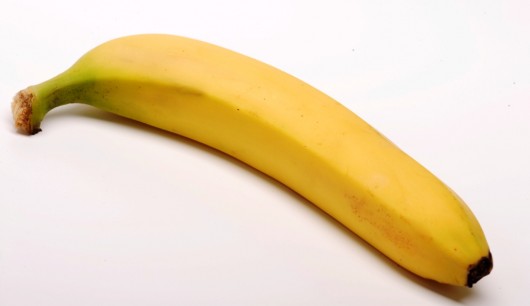Which Fruit Has The Most Pyridoxine (Vitamin B6)?
Pyridoxine (Vitamin B6)
Pyridoxine is the most common of the seven forms of vitamin B6. In supplement form, the vitamin is water-soluble and can be found in many foods we eat. It is a member of the key family of vitamins, B-complex. The many benefits of these key vitamins affect crucial body systems.
The Role Of Pyridoxine (Vitamin B6) In Our Body
Together with B12, B6 creates red blood cells and other cells necessary in the immune system.
While vitamin B6 deficiency is rare, when it does occur symptoms include muscle weakness, nervousness and irritability. Severe deficiencies can result in short term memory loss and inability to concentrate on simple tasks.
B complex vitamins all work to help our bodies metabolize fat and protein. B6 is also highly involved in aiding nervous system function and contribute greatly to healthy hair, skin and eyes.
Since water-soluble vitamins aren’t stored in the body, daily intake is important to keep enough B6 in the system for good health. Of particular interest is a recent study that suggests people with heart disease do not get enough B6 in their diet. While the direct correlation is still unknown, doctors suggest making sure to get enough B6 for heart health. A large study has shown that 500mg of B6 with 1000mg of B12 taken daily significantly reduces the risk of age related macular degeneration, a condition that leads to blindness.
B6 also helps the body produce serotonin, an important key in depression prevention. Another amazing function of B6 is the ability to reduce inflammation. This ability benefits many sufferers of rheumatoid arthritis and carpel tunnel syndrome.
There can be too much of a good thing. At very high dosages of B6, side effects can include skin rash, nausea, abdominal pain, imbalance and numbness of legs and toes. The good news is that by ceasing excessive use, typically all side effects will fade within 6 months time.
Top Fruits For Pyridoxine (Vitamin B6) Content
The amounts of Pyridoxine (Vitamin B6) are given for 100g of each fruit.
1 Banana 0,37 mg
2 Jackfruit 0,33 mg
3 Durian 0,32 mg
4 Blackberry 0,30 mg
5 Carrot 0,14 mg
6 Mango 0,13 mg
7 Fig 0,11 mg
8 Pineapple 0,11 mg
9 Guava 0,11 mg
10 Kiwi 0,10 mg
11 Lychee 0,10 mg
12 Passion Fruit 0,10 mg
13 Cranberry 0,10 mg
14 Grape 0,09 mg
15 Lemon 0,08 mg
16 Tomato 0,08 mg
17 Tangerine 0,08 mg
18 Pomegranate 0,08 mg
19 Melon (Cantaloupe) 0,07 mg
20 Redcurrant 0,07 mg
21 Blackcurrant 0,07 mg
22 Pumpkin 0,06 mg
23 Orange 0,06 mg
24 Raspberry 0,06 mg
25 Apricot 0,05 mg
26 Grapefruit 0,05 mg
27 Blueberry 0,05 mg
28 Mulberry 0,05 mg
29 Cherry (sweet) 0,05 mg
30 Watermelon 0,05 mg
31 Apple 0,04 mg
32 Mangosteen 0,04 mg
33 Cucumber 0,04 mg
34 Plum 0,03 mg
35 Pear 0,03 mg
36 Peach 0,03 mg
37 Papaya 0,02 mg
